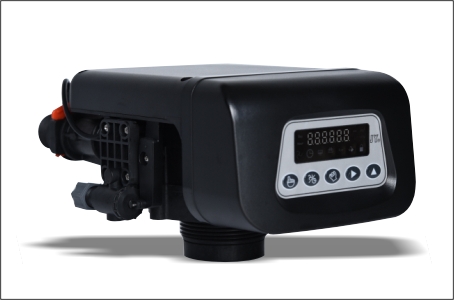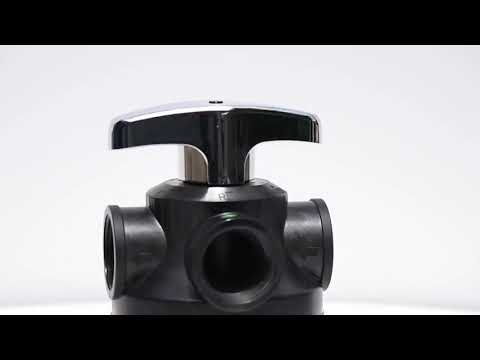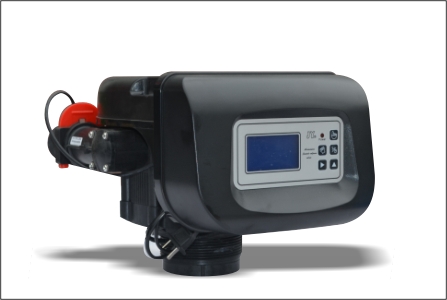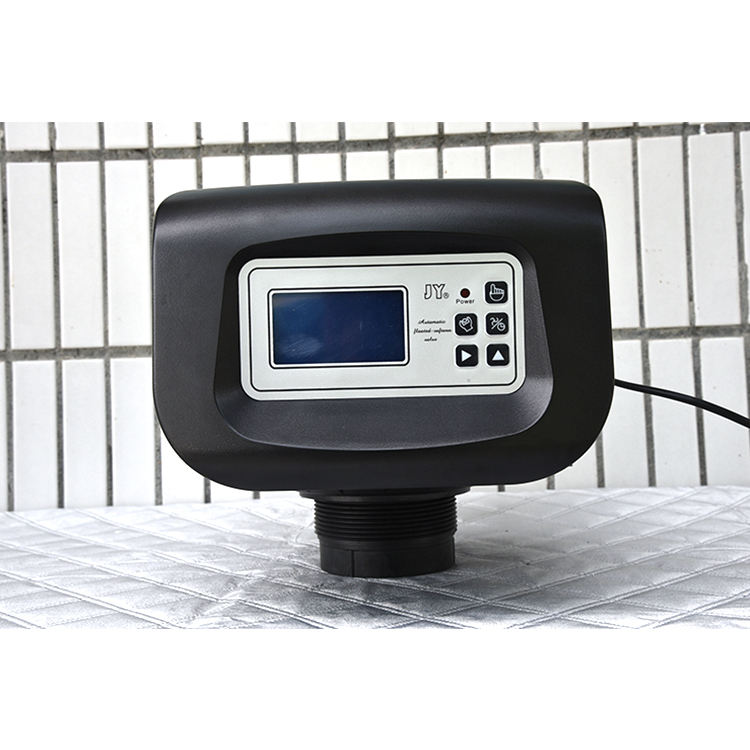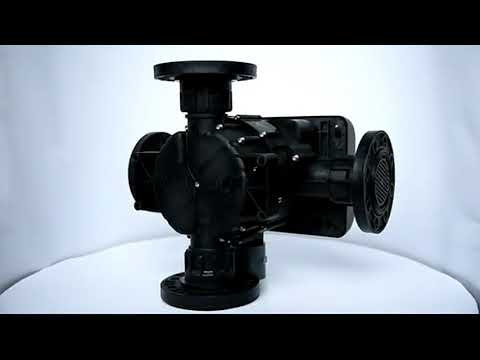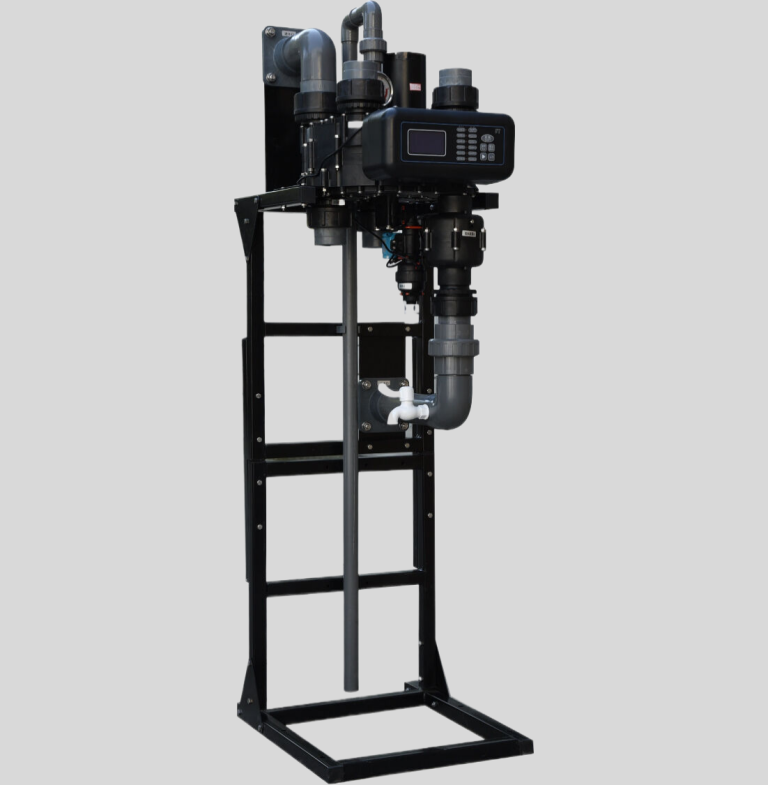Silence the rattle: Secure your valves with precision.
Effective Ways to Prevent Valves from Rattling
Valves are essential components in various systems, including plumbing, heating, and cooling systems. However, one common issue that many people face is the rattling of valves. This can be not only annoying but also a sign of a potential problem that needs to be addressed. Fortunately, there are several effective ways to prevent valves from rattling and ensure they function properly.
One of the main reasons valves may rattle is due to water hammer. Water hammer occurs when the flow of water is suddenly stopped or redirected, causing a shockwave that can lead to vibrations and rattling in the pipes and valves. To prevent water hammer and the resulting rattling, it is important to install a water hammer arrestor. This device absorbs the shockwave and prevents it from reaching the valves, thus reducing the likelihood of rattling.
Another common cause of valve rattling is loose pipes or fittings. When pipes or fittings are not securely fastened, they can vibrate and cause the valves to rattle. To prevent this, it is important to check all pipes and fittings regularly and tighten any loose connections. Additionally, using pipe clamps or hangers can help secure pipes in place and reduce vibrations that can lead to rattling.
In some cases, valves may rattle due to high water pressure. High water pressure can put excessive strain on valves, causing them to vibrate and rattle. To prevent this, it is important to install a pressure regulator to control the water pressure and ensure it stays within safe levels. This can help prevent damage to valves and reduce the likelihood of rattling.
Another effective way to prevent valves from rattling is to ensure they are properly lubricated. Over time, valves can become stiff and difficult to operate, leading to vibrations and rattling. By regularly lubricating valves with a suitable lubricant, you can ensure they operate smoothly and quietly, reducing the likelihood of rattling.
Additionally, it is important to check for any debris or sediment that may be causing valves to rattle. Over time, debris can build up in valves and obstruct the flow of water, leading to vibrations and rattling. By regularly cleaning valves and removing any debris or sediment, you can prevent rattling and ensure they function properly.

In some cases, valves may rattle due to wear and tear or damage. If valves are old or damaged, they may not function properly and can vibrate and rattle. In such cases, it may be necessary to replace the valves with new ones to prevent rattling and ensure the system operates smoothly.
In conclusion, there are several effective ways to prevent valves from rattling and ensure they function properly. By addressing common causes such as water hammer, loose pipes, high water pressure, lack of lubrication, debris buildup, and wear and tear, you can reduce the likelihood of rattling and maintain the efficiency of your system. Regular maintenance and inspection of valves are essential to identify and address any issues before they escalate and lead to rattling. By following these tips, you can keep your valves in good working condition and prevent them from rattling.
| Model | Central tube | Drain | Brine tank connector | Base | Maximum power | Operating temperature |
| 5600 | 0.8125″/1.050″ O.D. | 1/2″NPTF | 1600-3/8″ | 2-1/2″-8NPSM | 3W | 1℃-43℃ |

